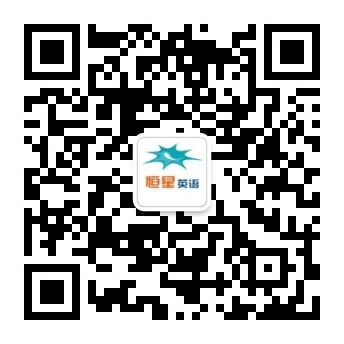国内英语新闻:China's participation in global trading system opportunity for all: WTO chief
WTO statistics showed that, in 2009, China's average import duties for all goods was 9.6 percent. Specifically, the average import duty for agricultural goods was 15.6 percent, and 8.7 percent for non-agricultural goods.
Lamy, in the meantime, reminded people of China's significant imports over the last decade when most were concentrating on China's surging exports.
China is currently the world's second largest importer. Figures from the Chinese Ministry of Commerce showed that China's import volume in 2010 hit 1,394.8 billion U.S. dollars.
"The WTO would not be the World Trade Organization without China," said Lamy, who stressed China's role as part of the global trading system in ensuring greater stability and sustainability of the system.
"We saw this during the crisis when all other areas of the global economy were shaken and the trading system stood firm," he said.
China's imports surged 38.7 percent in 2010, and exports went up by 31.3 percent, reclaiming the country's losses during the global economic downturn.
Regarding China's implementation of its WTO commitments, Lamy said that "China's record on implementing its commitments is overall good," and "all members acknowledge this."
"One needs to understand the vast undertaking required to bring Chinese economic law into compliance with WTO rules," he said. In this regard, "what the Chinese have done is remarkable."
He also encouraged China to keep its policy of openness and reform.
As for the issue of trade imbalance, which has been in hot debate among policy makers and academia in recent years, Lamy said,"I do think that we must change the way we look at trade figures."
"Today, we calculate trade flows on a gross rather than value added basis," he said. That, he said, to a large extent does not give a true picture of how nations trade.
In China's case, Lamy said, a large part of Chinese exports belong to final production.
Products that have been assembled in China use inputs that were themselves exported to China and make up the bulk of the product's added value, he said.
"Even if China's contribution to the added value of a finished product is rather small, customs officials in the United States, Europe, Japan or elsewhere will record that 100 percent of the value of that product as an import from China," he said.
"This misrepresents the true nature of trade flows," the WTO chief said.
相关文章
- 英语文摘:China urges G7 to cease interfering in its internal affairs
- 英语文摘:HKSAR gov't strongly refutes G7, EU statements on chief executive election
- 英语文摘:Xi's keynote speech at opening ceremony of Boao Forum for Asia Annual Conference 2022 publ
- 英语文摘:Xi attends ceremony marking centenary of Communist Youth League of China
- 英语文摘:Xi talks with Macron over phone
- 英语文摘:External interference in Hong Kong affairs doomed to be self-defeating: Commissioner's off
- 英语文摘:Chinese spokesperson slams Western countries smearing Hong Kong election
- 英语文摘:China calls for equal, balanced global development partnership
- 英语文摘:Xinhua Headlines: A look at younger generation on China's new journey
- 英语文摘:Chinese vice premier reiterates dynamic zero-COVID policy




 手机网站
手机网站